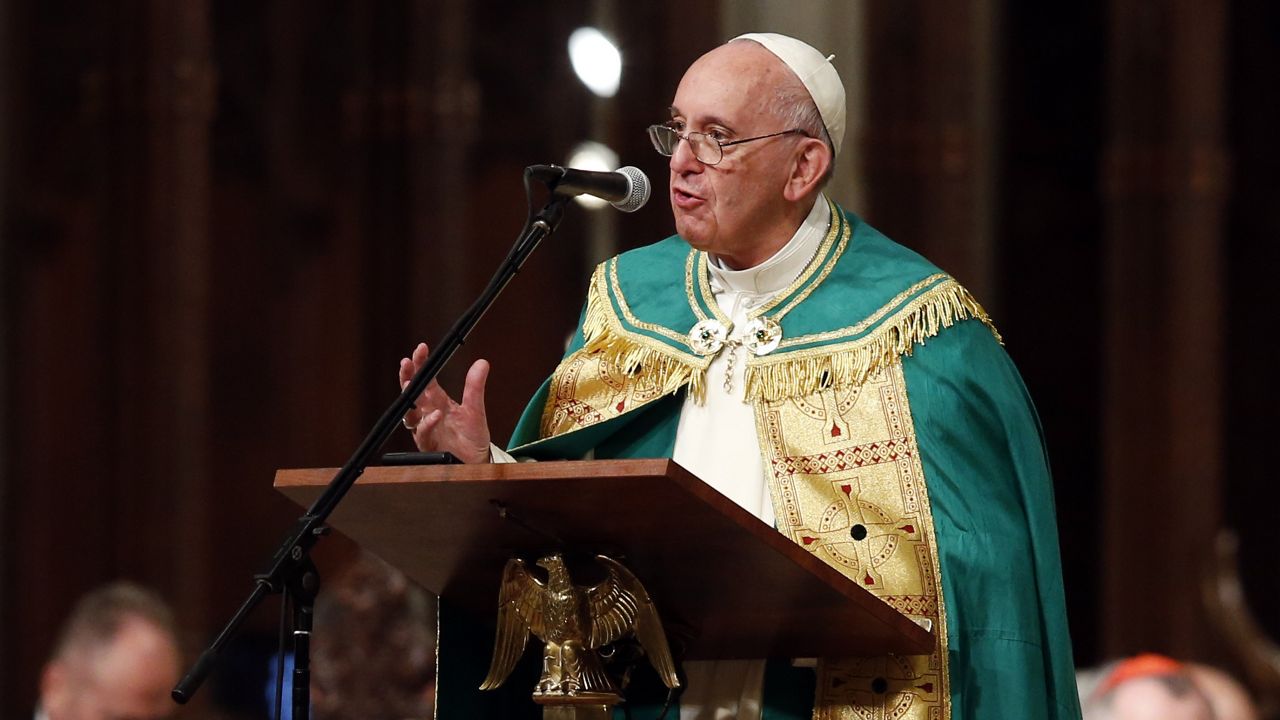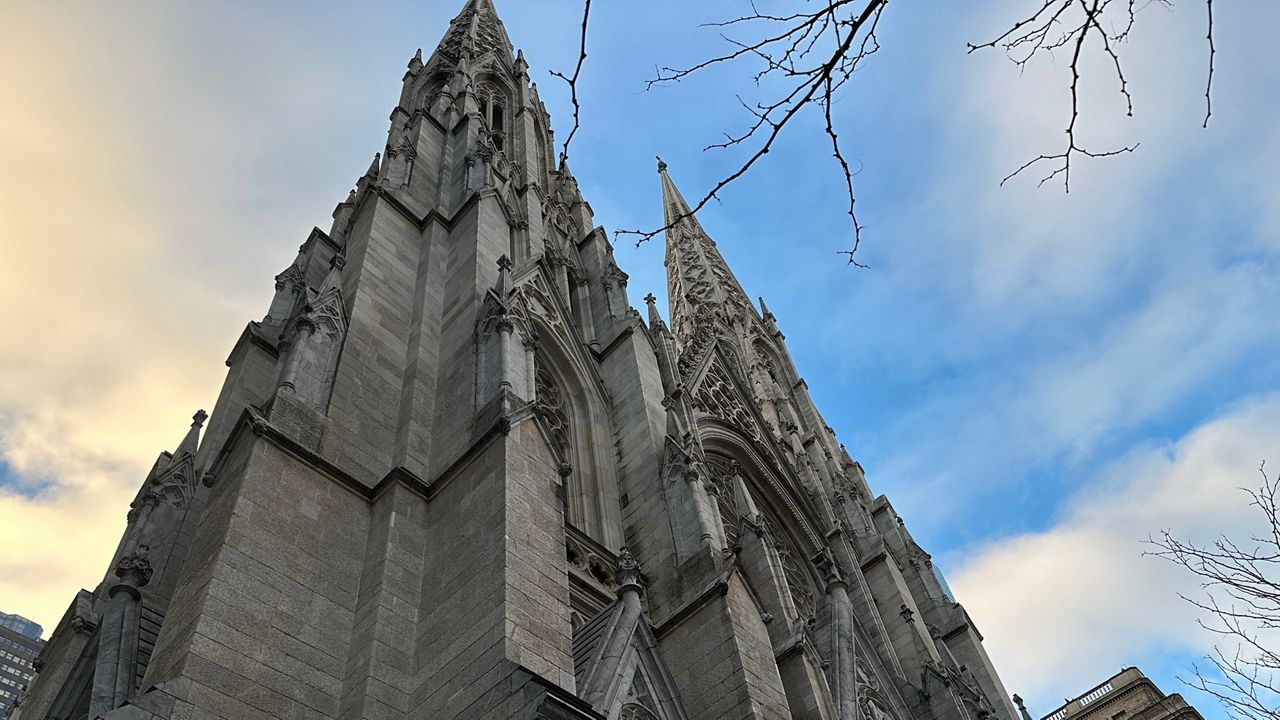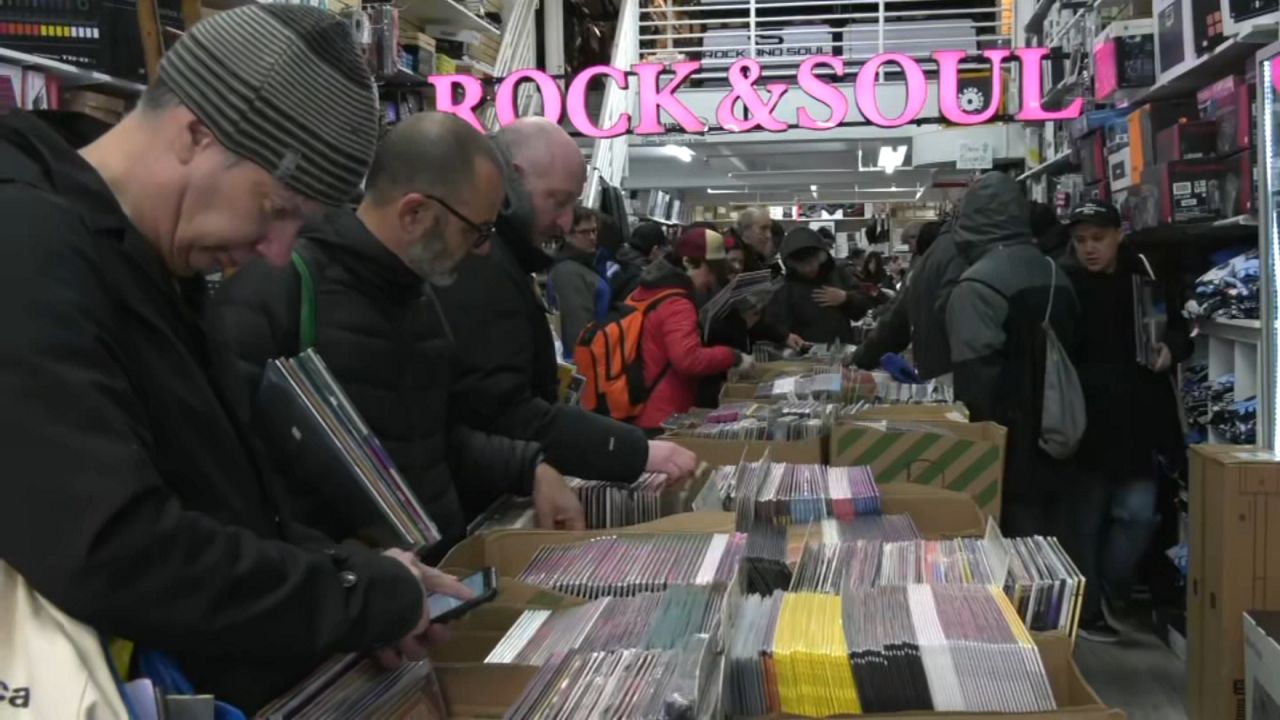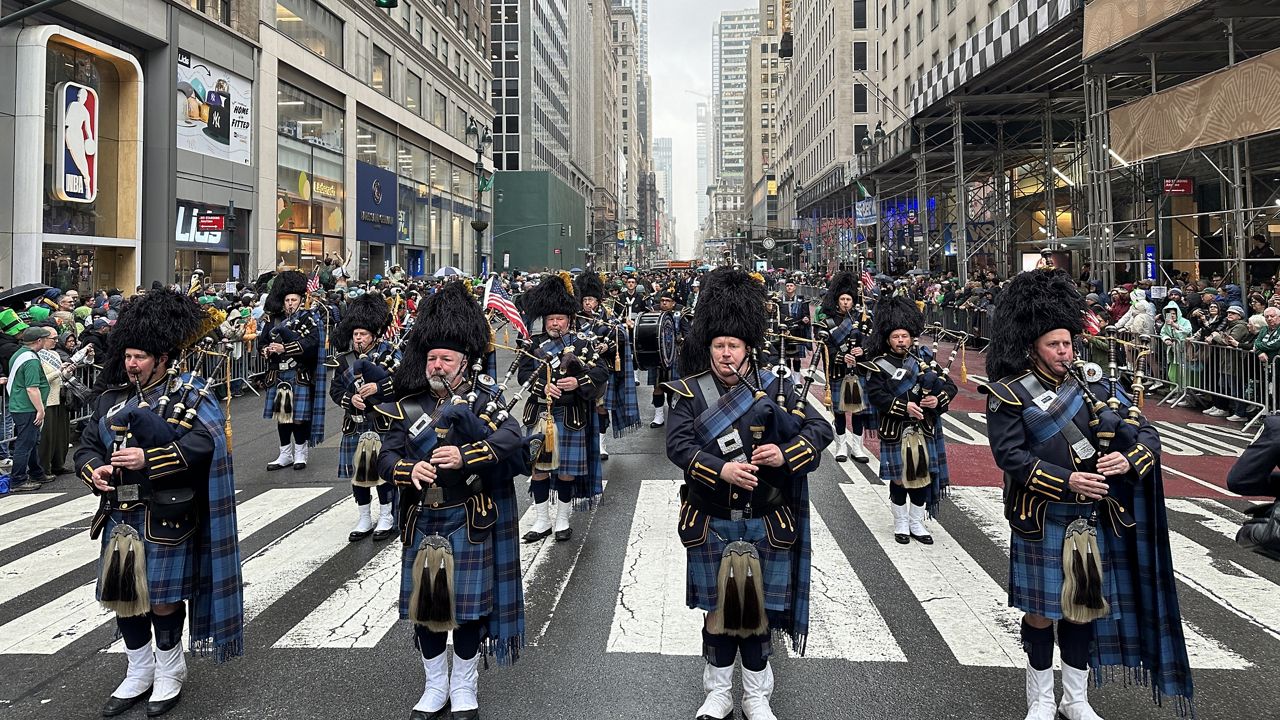For the people inside the medical examiner's office in Kips Bay, September 11th is something they think about every single day. They're forensic scientists who are still trying to identify victims' remains, now 18 years after the attack.
"This is a process that we've not stopped since 2001," said Mark Desire, the assistant director of the department of forensic biology at the medical examiner's office. "So all of the remains — and there are 22,000 remains that have been recovered — all of those remains have been attempted many times over the years."
Using DNA testing of the remains, the medical examiner's office has identified 1,644 victims so far, about 60 percent of those killed that day. The other 40 percent still have not been ID'ed, mainly because the DNA in the samples they're working with was badly damaged by fuel and fire.
Scientists have not given up. Every day, they continue to test the hardest-to-identify samples using new technologies that have allowed them to extract hard-to-access DNA from bone fragments.
"We've been able to reach a point today where we're able to pulverize the bone material to a very fine powder, which will give us access to much more cells than we were in the past," Desire said."We've been able to reach a point today where we're able to pulverize the bone material to a very fine powder, which will give us access to much more cells than we were in the past," Desire said.
For scientists like Yasser Hernandez, the work is emotional and rewarding.
"It's not frustrating, because as a forensic scientist — and my position today allows me to talk to the families, to meet with them, and talk to them," said Hernandez.
Scientists acknowledge that some of the remains may never be identified.
"I would love to be able to say that we're going to identify — that's our goal: to identify every victim," said Desire. "But I know that we're not going to be able to obtain that goal because that second half of the challenge, the reference samples from the families, we don't have DNA samples from all of families for all of the victims."
The medical examiner's office says in 40 cases, the DNA has been successfully extracted and examined, but there is no sample to match it to.The medical examiner's office says in 40 cases, the DNA has been successfully extracted and examined, but there is no sample to match it to.
This year, the countless hours of work have led to the identification of two more victims.
There are still more than 1,100 people left to be identified.









